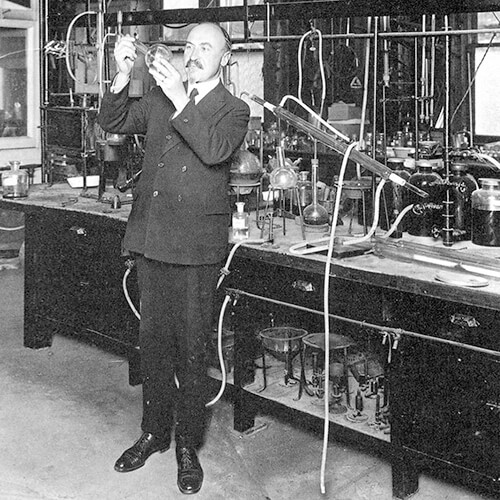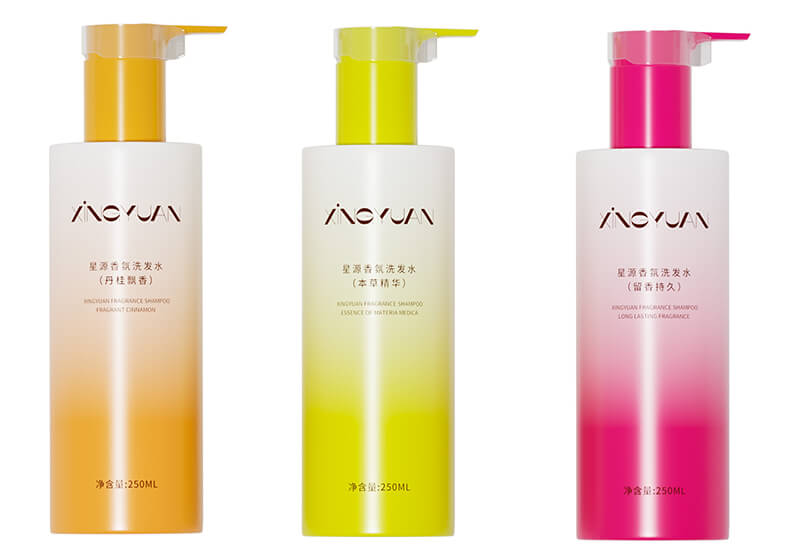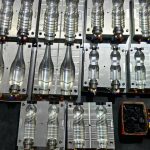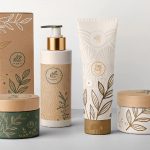Outline
Development of cosmetic packaging
Nowadays, plastic packaging is ubiquitous, used in a wide variety of applications due to its low cost, durability, and versatility. It is widely used in cosmetic industry, food packaging, household packaging and more. However, its impact on the environment has become a growing concern, with plastic waste causing significant pollution and harm to wildlife. As a result, efforts are underway to reduce the use of single-use plastics, promote the use of recycled materials, and improve recycling and disposal infrastructure.
History of plastic packaging
Plastic packaging has become an essential part of our modern lives, with its development and widespread use spanning over the last century. It all began in the early 1900s when the first synthetic plastics were developed, primarily made from petroleum products. However, it wasn’t until the 1940s that plastic packaging started to become more popular.
The 1970s and 1980s saw further innovation in plastic packaging, including the development of multi-layered and barrier films, which offered improved protection against oxygen, moisture, and light. In the 1990s, recycled plastics began to be used in packaging products, which marked the beginning of the industry’s efforts to reduce its environmental impact.
The plastic packaging plays a real important role in cosmetic industry, it owns 70% of cosmetic packaging market, for there are a lot of advantages of plastic cosmetic.

Advantages of plastic cosmetic packaging
- Lightweight: Plastic packaging is much lighter than glass, metal or other materials, making it easy to transport and handle.
- Durable: Plastic packaging is very durable, resistant to breakage and able to withstand a wide range of temperatures.
- Cost-effective: Plastic is a relatively inexpensive material, making it an affordable option for cosmetic packaging.
- Versatile: Plastic can be molded into a wide range of shapes and sizes, making it a versatile option for cosmetic packaging design.
- Transparent: Many types of plastic are transparent, making it easy for customers to see the product inside the packaging.
- Recyclable: Many types of plastic are recyclable, making them an eco-friendly option for cosmetic packaging.
- Hygienic: Plastic packaging can help protect the product from contamination, as it can be sealed airtight to prevent exposure to air, moisture, and bacteria.
Overall, plastic cosmetic packaging is a popular choice due to its affordability, durability, and versatility, as well as its ability to protect and showcase the product.
Disadvantages of plastic cosmetic packaging
- Environmental impact: Plastic packaging is one of the most significant contributors to environmental pollution. It can take hundreds of years for plastic to break down, and much of it ends up in landfills or in the ocean, where it can harm wildlife and ecosystems.
- Health concerns: Some plastics contain chemicals that can leach into the products they contain, posing a potential health risk. For example, bisphenol A (BPA), a chemical used in some plastics, has been linked to various health issues.
- Fragility: Plastic packaging can be more prone to breaking or cracking than other materials, which can result in spills, leaks, or contamination of the product.
- Limited reuse: Unlike glass or metal packaging, plastic packaging is often not designed for multiple uses. This means that it may not be as cost-effective or sustainable in the long run.
- Perception: In some cases, plastic packaging may be perceived as less luxurious or less high-end than other types of packaging, which could impact consumer perception of the product.

Current state of plastic packaging
The current state of plastic packaging can be described by its widespread usage and significant market share. Plastic packaging is extensively used across various industries and sectors, including food and beverage, consumer goods, pharmaceuticals, and many more. Its versatility, durability, and cost-effectiveness have contributed to its popularity.
Plastic packaging holds a significant market share due to several factors. Firstly, it offers excellent protection and preservation capabilities, ensuring the safety and integrity of products during storage, transportation, and display. Additionally, plastic packaging provides flexibility in design, allowing for attractive and innovative packaging solutions that enhance product visibility and consumer appeal.
The market dominance of plastic packaging is also attributed to its affordability compared to alternative materials. Plastic is a relatively inexpensive material, making it a preferred choice for both manufacturers and consumers. Moreover, plastic packaging is lightweight, which reduces transportation costs and carbon emissions.
However, the widespread use of plastic packaging has raised concerns about its environmental impact. Plastics are known for their non-biodegradable nature, leading to persistent pollution and waste management challenges. The accumulation of plastic waste in landfills and oceans has resulted in severe ecological consequences, prompting increased attention towards sustainable packaging alternatives.
Efforts are being made to reduce plastic packaging through initiatives such as recycling, waste management strategies, and the development of biodegradable or compostable alternatives. Governments, businesses, and consumers are increasingly prioritizing environmentally friendly packaging options to mitigate the adverse effects of plastic on the planet.

The future of plastic cosmetic packaging
Though the plastic packaging is a great thread to the environment, but the cosmetic industry is increasing fast these years, some institutes estimate the plastic cosmetic packaging will increase in a few years, it will be 5.8% increasement each year from 2022 to 2027, based the amount of 2021.
As growing awareness of the environmental impact of plastic waste, Cosmetic brands strive to meet the demands of environmentally conscious consumers and create a more personalized and luxurious experience for their customers, and design more sustainable packaging solutions. Here are some potential developments that we might see in the future:
- Biodegradable and compostable plastics: There is a growing trend towards the development of biodegradable and compostable plastics, which can break down naturally in the environment without harming wildlife or ecosystems.
- Recyclable and recycled plastics: Many brands are already using recycled plastic in their packaging, and we may see an increase in the use of recycled materials in the future. There may also be a greater focus on making plastic packaging more easily recyclable. Many countries are making policy to encourage the industry to recycle the used plastic packaging containers.
- Alternative materials: Some brands are exploring the use of alternative materials for cosmetic packaging, such as bamboo, glass, or metal. These materials can be more sustainable than plastic, although they may also have some disadvantages, such as higher production costs or greater fragility.
- Smart packaging: Smart packaging technology, such as sensors or RFID tags, may become more common in the future. This technology can help brands to track their products, monitor their condition, and prevent waste.
And another trend is the use of minimalist packaging design, which often involves simpler shapes and fewer materials. This can reduce waste and make products easier to recycle. Additionally, the use of minimalist packaging can help to convey a sense of luxury and sophistication, which is appealing to many consumers.




